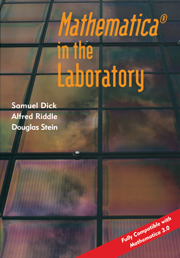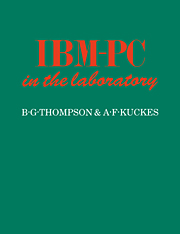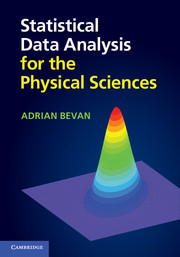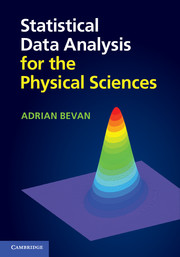Mathematica ® in the Laboratory
Mathematica in the Laboratory is a hands-on guide that demonstrates how to acquire and analyze experimental data with Mathematica. It explains how Mathematica can be used to visualize and analyze newly-taken or historical data, compare theory with experiment, and control data acquisition equipment. It provides practical examples that can be taken directly or adapted to suit a particular application. The book lucidly explains how Mathematica can provide a truly unified data-handling environment and will be of value to anyone who collects and analyzes experimental data, including astronomers, biologists, chemists, mathematicians, geologists, physicists, and engineers.
- Shows how Mathematica can be used for instrument control and data acquisition, as well as data assessment and analysis
- Fully compatible with version 3.0 of Mathematica
- Provides many worked examples that can be used 'as is' or as the starting point for specific applications
- Dick and Riddle are authors of 'Applied Electronic Engineering with Mathematica'; Stein was one of the developers of Mathematica
Reviews & endorsements
"Recommended for those who want to use Mathematica in the context of a working scientific laboratory." S.J. Colley, Choice
Product details
May 1997Hardback
9780521581370
340 pages
260 × 184 × 23 mm
0.85kg
127 b/w illus. 5 tables
Available
Table of Contents
- 1. Importing data from files
- 2. Visualizing data
- 3. Data analysis
- 4. Generating test data
- 5. Exporting data
- 6. Introduction to instrument control and data acquisition
- 7. Understanding MathLink
- 8. Interfacing I: a simple serial link
- 9. Interfacing II: more advanced links
- 10. Interface hardware design
- Appendix.






